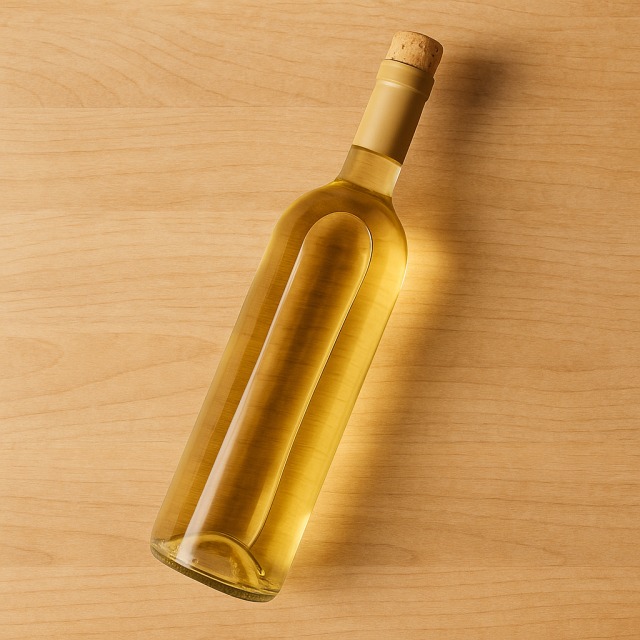Calorie Chart / Beverages / Wine - Red
How Many Calories Are in Red wine?
Calculation of the nutritional value & Recommended Dietary Intake of red wine
For ml and a calorie requirement of kcal
| Calories 93 kcal | Proteins 0 g | Lipids 0 g | Carbohydrates 0 g |
| 5% | 0% | 0% | 0% |
Health benefits of red wine

Red wine - 100ml
Calories 62 kcal
Proteins 0 g
Lipids 0 g
Carbohydrates 0 g
Red wine is considered a moderate-calorie drink: at 62 calories for 100 g, it supplies fewer calories than many spirits but more calories than water or tea. These calories come exclusively from alcohol, as the beverage contains virtually no proteins, lipids, or carbohydrates. Talking about calories is essential for any weight-management plan, yet the appeal of red wine goes beyond its calorie count.
The skin of red grapes provides polyphenols such as resveratrol and quercetin, compounds studied for their antioxidant effect; they may help limit oxidative stress, although this presumed benefit remains "supposed" rather than definitively proven in humans. Trace amounts of vitamin B6, potassium, and iron are also present, but their contribution to daily intake is modest. Because alcohol can impair nutrient absorption, these potential benefits must be balanced against the extra calories and the metabolic load on the liver.
Historically, red wine has been part of the Mediterranean diet for millennia, and archaeological evidence shows vinification as early as 6,000 BCE in the Caucasus. Its cultural role explains why people still ask about red wine calories when planning balanced meals. Consumed in moderation—generally defined as one glass per day for women and two for men—red wine can fit into a healthy lifestyle without pushing daily calories dramatically higher. Still, if you track calories strictly, each sip counts, and mindful portion sizes prevent the calories from quietly accumulating.
In short, red wine adds conviviality and flavor while delivering moderate calories, a few minerals, and "supposed" cardioprotective polyphenols. Remember that beyond these benefits, alcohol remains a neurotoxin in high doses, so anyone monitoring calories or athletic performance should approach it with caution.
Tips for incorporating red wine into a balanced diet
Because every 100 g delivers 62 calories, the simplest strategy is portion control: pour 120 ml (≈100 g) to keep calories clear in your mind. To minimize hidden calories in a meal, accompany a glass of red wine with lean proteins and fiber-rich vegetables. For example, serve it alongside a grilled beef steak with steamed broccoli rather than buttery mashed potatoes—the swap can save hundreds of calories while preserving flavor.
Classic recipes that already integrate red wine let you enjoy its aroma without adding extra alcohol on the side. A slow-cooked beef bourguignon or a fragrant coq au vin (substitute chicken thighs plus bouquet garni) uses the alcohol to tenderize meat; most of the alcohol evaporates while only limited calories remain. Pair such dishes with al dente brown rice or quinoa to balance carbohydrates and keep overall calories in check.
For a lighter option, prepare a red-wine vinaigrette: whisk one tablespoon of red wine with two teaspoons of olive oil (not in database, so skip link) and Dijon mustard, then toss with arugula and shaved Parmigiano. You obtain robust flavor while controlling calories compared with creamy dressings.
Dessert ideas exist too. Macerate berries in a small splash of red wine, vanilla, and cinnamon; spoon over chilled fromage blanc 0%. This boosts taste for minimal extra calories and creates a satisfying finish for athletes or dieters counting every calorie.
Frequently Asked Questions
- How many calories are in red wine?
- Red wine provides 62 kcal per 100 g, a figure to remember when you monitor daily calories.
- Does red wine contain carbohydrates, proteins, or fats?
- No; its calories come solely from alcohol, with 0 g of carbohydrates, 0 g of proteins, and 0 g of fats per 100 g.
- Is red wine lower in calories than beer?
- Per 100 g, red wine (62 calories) is typically higher in calories than most light beers but lower than strong ales; checking labels is the best way to compare calories accurately.
- Can I drink red wine when trying to lose weight?
- Yes, provided you budget the 62 calories (≈85 calories per 125 ml glass) into your daily allowance and avoid calorie-dense snacks that often accompany alcohol.
- Does cooking with red wine remove all its calories?
- Simmering reduces alcohol content but does not eliminate it entirely; roughly 30–60% can remain, so some calories persist in dishes like beef bourguignon.
- What is the best time to drink red wine for minimal calorie impact?
- Enjoying a single glass with a balanced meal helps slow alcohol absorption and prevents mindless extra calories from additional drinks.
- Are the antioxidants worth the calories?
- The polyphenols offer potential benefits, but they do not negate the calories or alcohol load; if antioxidants are your goal, foods like blueberry or blackcurrant supply them without alcohol calories.
Similar foods
Alcohol consumption may be harmful to your health. Please drink responsibly. Do not drink and drive. Not recommended during pregnancy. Must be of legal drinking age.
Information provided by Calorie Menu may contain inaccuracies or errors. It cannot, under any circumstances, substitute medical advice or medication.










